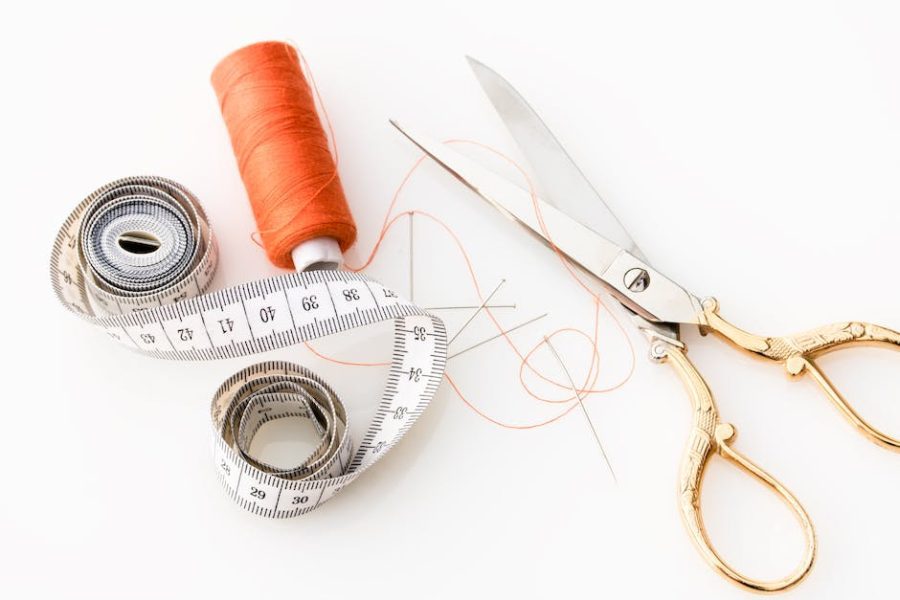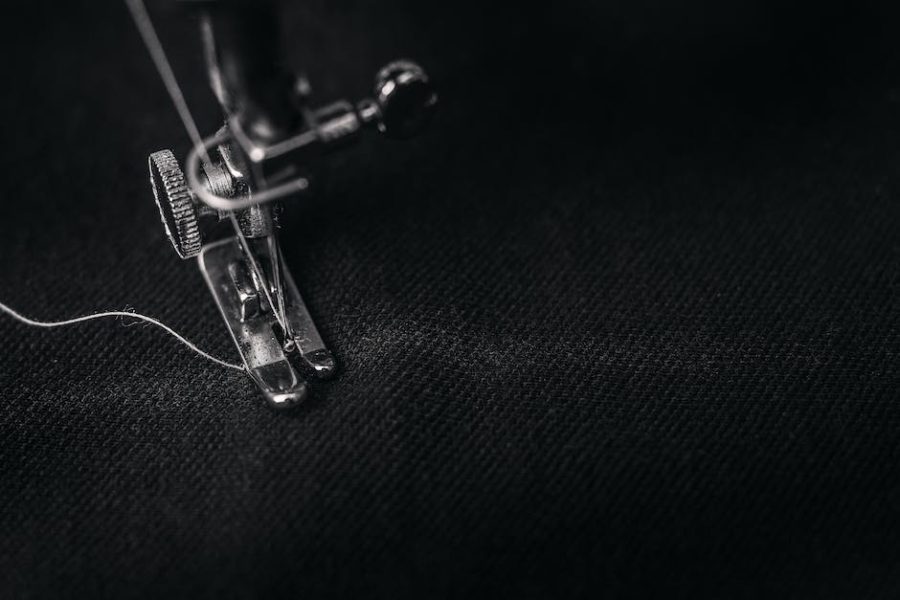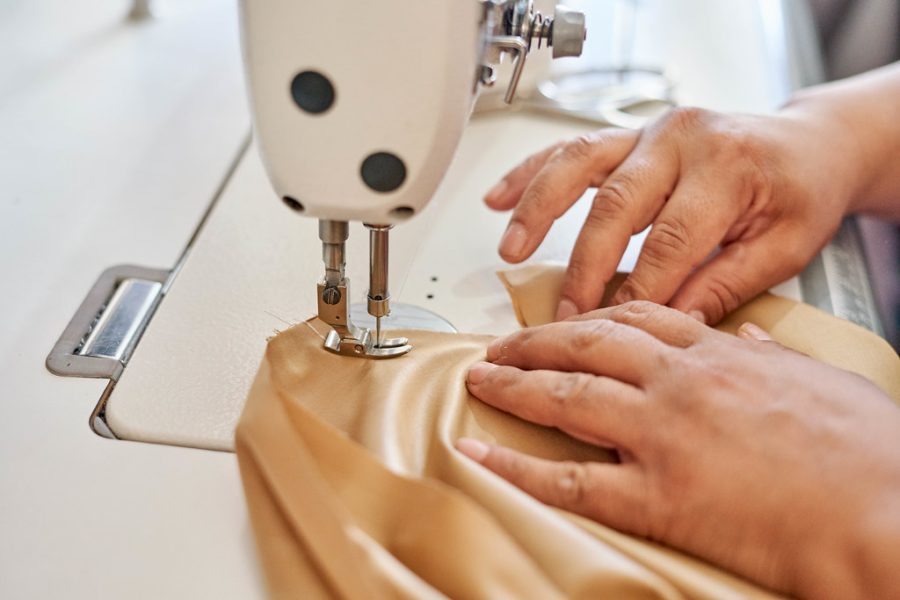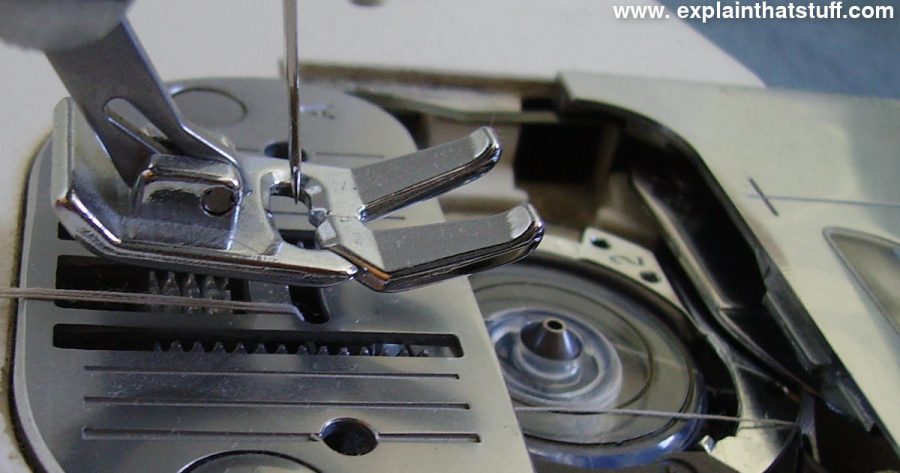When it comes to sewing, choosing the right fabric is crucial. Whether you are working on a garment, home decor, or craft project, the fabric you select can greatly impact the outcome. Here are some tips and considerations to keep in mind when sewing fabric.

1. Fabric Types
There are numerous fabric types available, each with its own characteristics and best uses. Some common fabric types include:
- Cotton: Best suited for apparel, quilting, and home decor projects.
- Polyester: Known for its durability and wrinkle resistance, it’s great for garments.
- Silk: A luxurious fabric often used for special occasion garments.
- Linen: Breathable and lightweight, ideal for warm-weather clothing.
- Denim: A sturdy fabric commonly used for jeans and jackets.
- Fleece: Soft and warm, perfect for cozy blankets and winter wear.
2. Fabric Selection
Consider the purpose and requirements of your project when selecting fabric. If it’s a wearable item, think about comfort, stretch, and how it will drape. For home decor, durability and colorfastness are important. Always test the fabric first before starting a project. Additionally, take into account the washing and care instructions to ensure the longevity of your creation.
Tip: Consider the width of the fabric as it can affect the amount needed for your project. Wider fabrics may require fewer yards.
3. Fabric Preparation
Prior to sewing, make sure to prewash and iron your fabric. This helps remove any sizing, dirt, or shrinkage. It also allows the fabric to behave naturally during sewing and prevents unwanted surprises after the first wash.
Warning: Be cautious with fabrics that have a tendency to shrink excessively. Consider purchasing additional yardage to compensate for shrinkage during prewashing.
4. Cutting and Marking
Use sharp fabric scissors or a rotary cutter to ensure clean and precise cuts. Mark the fabric with tailor’s chalk or fabric markers for guidance when sewing. Take measurements accurately and double-check before cutting. Pay attention to fabric grainlines, especially for patterned or directional fabrics.
5. Sewing Techniques
Refer to your project instructions for specific sewing techniques. However, some general tips include:
- Use an appropriate needle for the fabric type.
- Adjust thread tension as needed.
- Backstitch at the beginning and end of seams for reinforcement.
- Press seams open or to the side for a professional finish.
- Consider using a serger or zigzag stitches for fabric edges to prevent fraying.
Remember to test sewing techniques on scrap fabric before working on your project to ensure the best results.

Image Source: Unsplash
Conclusion
With the right fabric selection and proper sewing techniques, you can create beautiful, functional, and long-lasting projects. Take the time to research and experiment with different fabrics to expand your sewing skills and produce stunning creations.





Love the colors and pattern you used!
Rachel Mae: Very creative design!
Wow! Loving the eye-catching design and vibrant colors that you’ve put together – you have a real talent for sewing fabric!